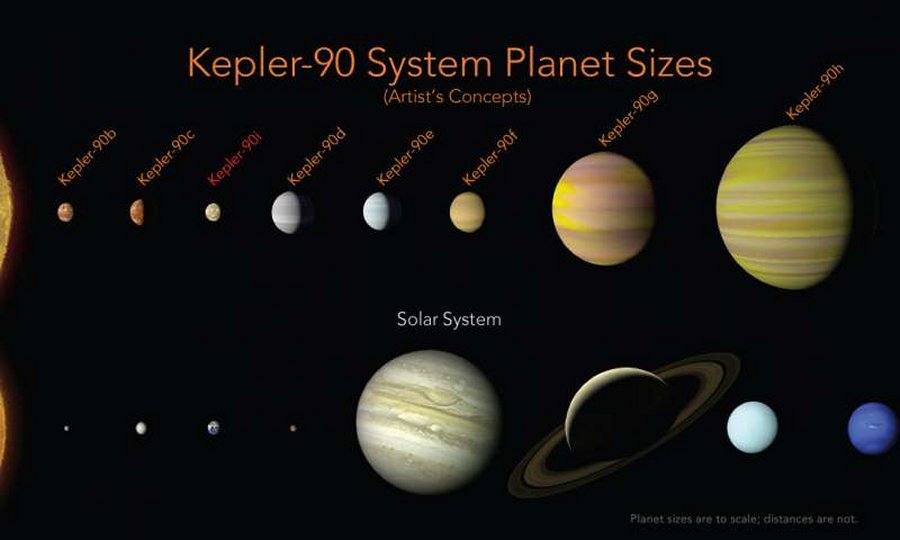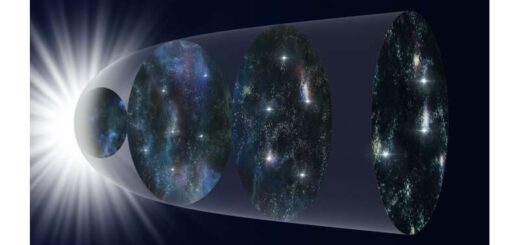Eighth Planet Circling Distant Star Spotted by NASA’s Kepler Space Telescope

An eighth planet circling Kepler-90, a distant, Sun-like star 2,545 light years from Earth was discovered in data from NASA’s Kepler Space Telescope.
The planet dubbed Kepler-90i is a super-hot, rocky alien world that orbits its star once every 14.4 days.
The discovery was made with the help of machine learning technology from Google. Two researchers – astronomer Andrew Vanderburg from the University of Texas at Austin and and Google software engineer Christopher Shallue trained a computer to learn how to identify exoplanets in the light readings recorded by Kepler.
“The Kepler-90 star system is like a mini version of our solar system. You have small planets inside and big planets outside, but everything is scrunched in much closer,” said Vanderburg, a NASA Sagan Postdoctoral Fellow and astronomer at the University of Texas at Austin.
The discovery means that the Kepler-90 system in the constellation Draco, is now tied with our own solar system for the greatest number of planets around a single star.
Machine learning enabled NASA computers to “learn” to examine Kepler data to spot telltale signs of exoplanets — tiny dips in a star’s brightness caused by a planet passing in front it. The AI technology makes it possible to find some of the weakest signals from distant exoplanets, as it did with the previously missed Kepler-90i, according to the researchers.
Kepler-90i is not the best candidate for life as we know it. About 30 percent larger than Earth, Kepler-90i is so close to its star that its average surface temperature is believed to exceed 800 degrees Fahrenheit (427 degrees Celsius), on par with Mercury. Its outermost planet, Kepler-90h, orbits at a similar distance to its star as Earth does to the Sun.



 Creators of mankind
Creators of mankind Description of “Tall white aliens”
Description of “Tall white aliens” Where they came from?
Where they came from? About hostile civilizations
About hostile civilizations The war for the Earth
The war for the Earth “Tall white aliens” about eternal life
“Tall white aliens” about eternal life Video: “Nordic aliens”
Video: “Nordic aliens” Aliens
Aliens Alien encounters
Alien encounters The aliens base
The aliens base UFO
UFO Technology UFO
Technology UFO Underground civilization
Underground civilization Ancient alien artifacts
Ancient alien artifacts Military and UFO
Military and UFO Mysteries and hypotheses
Mysteries and hypotheses Scientific facts
Scientific facts


















